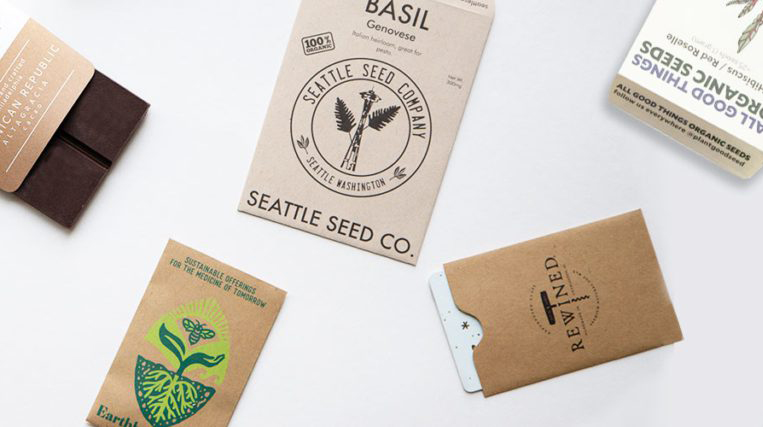Reducing Plastic Waste, One Package at a Time.

You appreciate the convenience of single-use plastic packaging, but also recognize its high environmental cost. We’ll help you create a paper packaging alternative that delivers the performance you need while reducing landfilled materials. Whether its packaging for internal use or customer-facing, we can help you reach your sustainability goals.
Let’s dream together, imagining all of the possibilities for your beautiful new plastic-free package.
We’ll identify a variety of options and features, collaborating together to create your ideal design.
We’ll partner together to conduct various tests to ensure your package meets all your performance standards.
Watch your vision become reality as your customers open and experience your new plastic-free package.
Because it can be easily recycled, paper reduces the need for raw materials, minimizing waste and contributing to circular design.
Younger generations are aligning their purchasing power with their values, making paper packaging a preferred choice for protecting the environment.
As the world’s top brands pursue goals to reduce plastic packaging, it will establish the new normal for consumers.
Extended Producer Responsibility (EPR) legislation shifts waste management responsibility to product manufacturers. For paper packaging, EPR requires companies to fund recycling and waste initiatives with the goal of reducing landfill waste. At JBM Packaging, our commitment to sustainability aligns with EPR goals, supporting eco-friendly packaging solutions that ease environmental impact and encourage circular practices.
For up-to-date information on EPR legislation in your state, see the Sustainable Packaging Coalition’s Guide to EPR Proposals.

We offer curbside-recyclable packaging products.

We can design beautiful packaging for your brand made from our compostable paper stock.

We offer a variety of solutions made from recycled fibers for your packaging needs.

Soy-based and water soluble inks which produce lower Volatile Organic Compounds (VOCs) are available.

We offer a range of sustainable and ethical sourcing certifications including FSC and SFI.

Our packaging is manufactured in the United States, limiting the carbon emissions from transportation to your destination.

All of JBM’s packaging is recyclable in curbside recycling programs.

We can design beautiful packaging for your brand made from our compostable paper stock.

We offer a variety of solutions made from recycled fibers for your packaging needs.

All of our inks are soy-based and water soluble, which produce lower Volatile Organic Compounds (VOCs).

We offer a range of sustainable and ethical sourcing certifications including FSC and SFI.

Our packaging is manufactured in the United States, limiting the carbon emissions from transportation to your destination.
Is paper better for the environment than plastic?
Yes. Paper is made from a renewable resource and biodegrades more quickly, so it is generally considered more eco-friendly than plastic. Paper is also easier to recycle at the end of its lifecycle, reducing its overall environmental footprint.
What are the environmental benefits of paper packaging?
Paper packaging is made of renewable resources, biodegradable and highly recyclable. When responsibly sourced, it has a lower carbon footprint and contributes to sustainable forestry practices. This promotes healthy ecosystems, soil quality and water conservation efforts.
Can you recycle all paper packaging?
Typically, yes, but the recyclability of a paper package depends on the types of coatings or adhesives used. Paper packaging that uses special plastic or wax coating may require special recycling.
Is glassine paper recyclable?
Yes. Our glassine paper is an example of a special paper that DOES NOT require specific recycling. It can be included in curbside recycling programs.
What are the top paper certifications?
The Forest Stewardship Council (FSC) and Sustainable Forestry Initiative (SFI) are among the most recognized and trusted paper certifications in the packaging industry. These certifications ensure that paper products come from responsibly managed forests.
Transform your brand with quality paper packaging that leaves a lasting impression.
Sign up for packaging news and updates!
JBM Packaging is dedicated to creating eco-friendly packaging solutions that minimize environmental impact while maximizing performance.


JBM Packaging is committed to delivering manufacturing excellence.